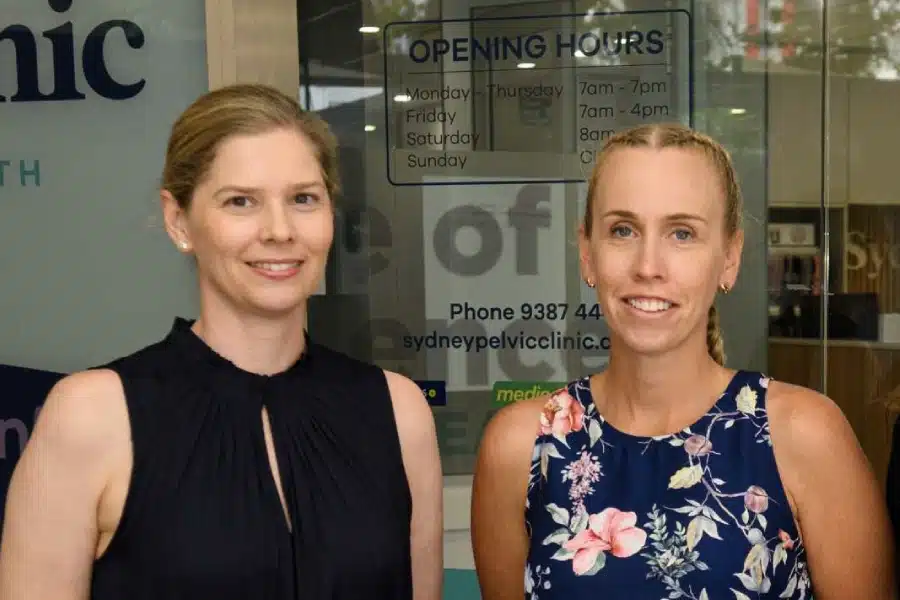PLAGIOCEPHALY (FLAT HEAD SYNDROME)
Plagiocephaly – also called ‘flat head syndrome’ – is a condition where a flat spot forms on a baby’s head, usually at the side. It does not affect a baby’s brain development. However, it can cause long-term changes in their appearance if you don’t deal with it promptly.
WHY DOES PLAGIOCEPHALY HAPPEN?
Plagiocephaly happens because babies have soft bones in their skulls. Highly flexible bone structures allow babies’ heads to take on different shapes if they lie in one position for a long time. Flat areas are most common among babies who sleep with their head in one position (i.e only turn to the left side). The weight of their head causes a flat patch to form over time.
Plagiocephaly is common because of babies’ sleep positions. Many infants are on their backs for more than eight hours a day, causing pressure to build up in one spot. Strollers, swings, car seats and carriers encourage babies to rest their weight on the back of the head during waking hours, increasing the risk of flat head syndrome even more.
Does newborn flat head go away?
Plagiocephaly is common in newborns. However, most infants return to a normally-shaped head within six weeks of birth. The risk of plagiocephaly declines as your child’s neck muscles strengthen. Eventually, they become strong enough to move their heads regularly, distributing pressure more evenly.
How is plagiocephaly diagnosed?
Your physiotherapist can diagnose plagiocephaly by performing a manual inspection of your baby. They will observe the shape and flatness of the head, how well they move, and the tone of muscles in their neck.
Occasionally, we recommend skull scanning. This diagnostic rules out craniosynostosis – a condition where sections of your baby’s skull fuse too early. (This diagnosis only affects around 1 in 2,000 children).
How is plagiocephaly treated?
Treating plagiocephaly requires parents to make small lifestyle changes. Our team will educate you on the proper sleeping positions for your baby and how they should rest in the cot. We will also recommend you schedule regular play time to encourage your child to move their head and neck to strengthen the muscles.
We may recommend varying the positions you hold and carry your baby. Letting them rest at different angles reduces the risk of plagiocephaly developing or persisting.
Your physiotherapist may also provide specific exercises to improve your baby’s head and neck control. One option is to place your child in a sitting position facing you and slowly lean them back. When they lose head control, bring them up again. Don’t allow the head or neck to lop uncontrollably. Placing your baby’s head in “counterposition” during feeding, playing or sleeping is another strategy. This approach encourages the reshaping of flat areas naturally.
Lastly, we may suggest helmet therapy, a treatment that uses a helmet to change your baby’s head shape gently. This treatment works best when started before your child is 12 months old.
If you think your baby may have plagiocephaly, please contact our children’s team for a diagnosis and treatment options. We are here to help your child’s head shape develop healthily.
